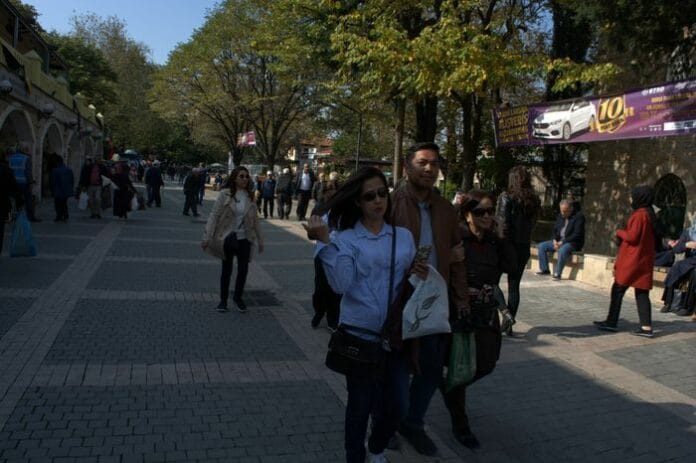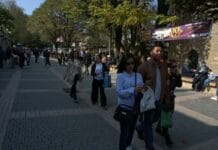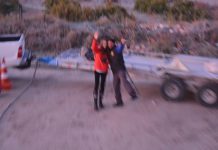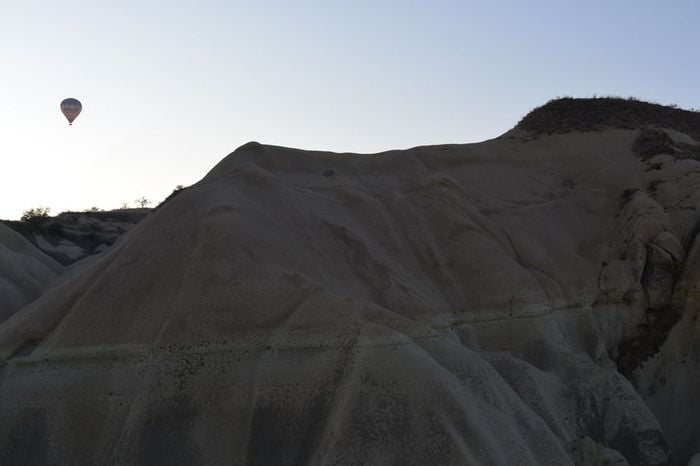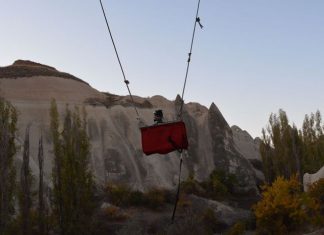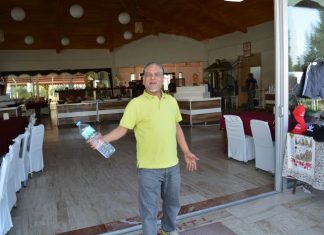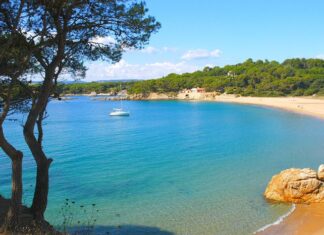Learning About Ancient Ephesus with Science
A special trip was organized to the ancient city of Ephesus to help tourist guides from Kuşadası learn the most recent scientific information about the site. This event was part of “Archaeological Days 2009” and was led by KURED, the Association of Tourist Guides in Kuşadası.
Tourist guides who took part in this training will now have priority when working with travel agencies.
10,000 Years of History Explained
The goal of this trip was to help guides better understand and explain 10,000 years of civilization in Ephesus using modern archaeology. The training was led by Dr. Sabine Ladstätter, an Austrian archaeologist and the chief of the excavations at Ephesus Customized Istanbul Tours.
She shared the latest findings and information about the historical objects found in the area. This helped the guides update what they know with accurate and scientific facts.
Correcting Misinformation
KURED Chairman Ali Karapınar said:
“Every guide has their own version of Ephesus, built over time from different sources. But we’ve seen that wrong or made-up stories can actually hurt the site more than help it. That’s why we organized this educational trip — to help our members become the best tourist guides in Turkey.”
He also thanked Dr. Ladstätter for kindly sharing her valuable knowledge with them.
Exploring Hidden Parts of Ephesus
During the trip, Dr. Ladstätter also took the guides to places that are usually not shown to regular tourist groups. She gave interesting information about these lesser-known parts of the ancient city A Ride Full of Smells Sounds and Memories.
Among the highlights were
The Çukuriçi Tumulus, a burial mound dating back to 8000 BC, one of the oldest points in the region.
The caves with frescoes (wall paintings) of St. Paul, his follower St. Tekla, and her mother Teoklia.
This special tour helped tourist guides learn more accurate and deeper information about Ephesus, allowing them to better share its amazing history with future visitors.
